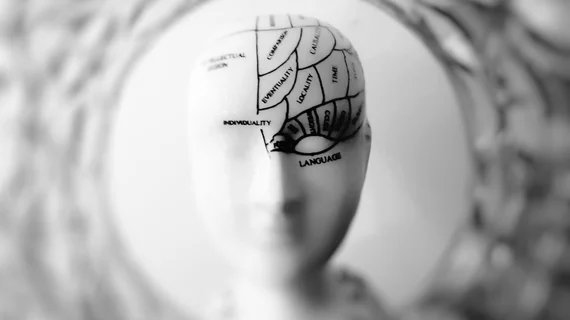New tool helps providers choose follow-up imaging or treatment for patients with aneurysm growth
A newly developed model can predict the risk of rupture for aneurysms that have grown during follow-up imaging, according to research published in JAMA Neurology.
Most smaller intracranial aneurysms have a lower risk of rupturing compared to the larger dangers inherent with preventative treatment. As a result, many are monitored via MR or CT angiography. But if growth is spotted during one of those exams, patients typically undergo invasive treatment.
Looking at more than 300 aneurysms, experts found 1 in 25 ruptured within one year after growth was detected on brain imaging. And using their triple-S model, physicians estimated the risk of rupture to range from 2.1%-10.6% during this detection period.
This tool can better help physicians and patients determine if preventative treatment is worth the risk or if continuous imaging is a better option, Laura T. van der Kamp, MD, with the Department of Neurology and Neurosurgery at University Medical Center Utrecht in the Netherlands, and co-authors wrote Monday.
“The implications for clinical practice from our study are that preventive endovascular or neurosurgical aneurysm treatment should be reconsidered as soon as aneurysm growth is detected,” the authors added in JAMA Neurology. “In such instances of aneurysm growth, our triple-S prediction model can be used by physicians and patients as a starting point for discussing the pros and cons of preventive aneurysm treatment.”
The group gathered individual data from 312 patients 18 years and older who had follow-up imaging for at least one untreated, unruptured intracranial aneurysm. All participants also had growth detected on brain imaging and follow-up at least one day after the change was discovered.
After 864 aneurysm-years of follow-up, 329 showed growth (1mm or greater increase in one direction at follow-up imaging), and 7.6% ruptured.
The prediction model—combining aneurysm size, site and shape—placed the six-month absolute risk of rupture after growth at 2.9%. At one year, that jumped to 4.3% and 6% at two years.
The findings are in line with prior research noting a higher risk of rupture in aneurysms with growth spotted at follow-up imaging compared to those that didn’t change.
Once again, the authors underscored that their model could determine which patients should undergo preventative treatment and who can be monitored via imaging. For the latter, however, there are some unknowns.
“If it is decided to continue follow-up imaging, it seems reasonable to repeat imaging at a short interval, but actual data on the optimal time interval are lacking and should be gathered in future studies,” van der Kamp et al. explained.
Read the full study here.

